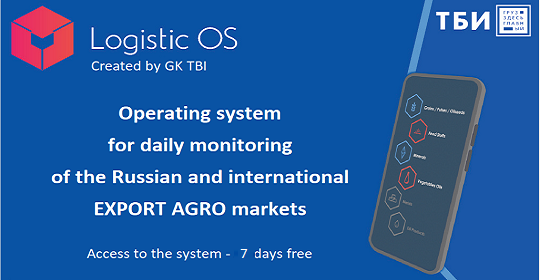In 2023, the European Union managed to obtain the third largest soybean harvest of all time. We are talking about a volume of about 2.7 million tons.
European farmers were able to achieve this result despite unfavorable weather conditions. For several years in a row, the EU has been faced with abnormal heat and drought, which is a huge problem for farmers.
However, the expansion of acreage allowed us to obtain good results.
The main soybean producing countries in Europe are Italy, France, Romania and Austria.
Currently, less than 2% of the cultivated area in Europe is under soybeans, and this is clearly not enough to provide the population with soybeans.
The annual consumption of this crop in Europe is about 16 million tons, and this is more than 5 times more than the current production level. Europe mainly (93%) uses soybeans as animal feed.
As a result, 85% of Europe today depends on soybean imports.
The main supplying countries are the USA, Brazil, Ukraine, Canada and Argentina. The top 10 of such countries also includes Germany. In this country, a record-breaking soybean harvest will also be harvested in 2023.
However, over the past 10 years, the area under soybeans in Europe has tripled.
Strategically, imports today are less profitable than domestic production, especially taking into account high world prices, experts say.
In addition, there is a high demand for non-GMO soybeans in the EU, and most exporters supply genetically modified products.
Therefore, Europe will gradually switch to its own soybean production. Of course, in this case you will have to spend money on fertilizers, which are also expensive today.
But experts note that soybeans do not consume as much nitrogen fertilizers, unlike other crops, in particular rapeseed.
The European soybean market may change significantly
A reduction in the livestock population in the EU could play a major role in this.
According to statistics, over the past 10 years the number of livestock farms in Europe has decreased by 40%. This could be the factor that reformats the local market, as demand for feed soybeans will decline.
At the same time, consumption of soybeans as a food product is not yet very popular among Europeans; only 3% of the crop goes into the food industry.
However, further depopulation of livestock — in particular, due to falling prices for pork and a simultaneous increase in wages in this industry, outbreaks of bird flu — may increase the role of soybeans in the food industry, or lead to a reduction in its production.

